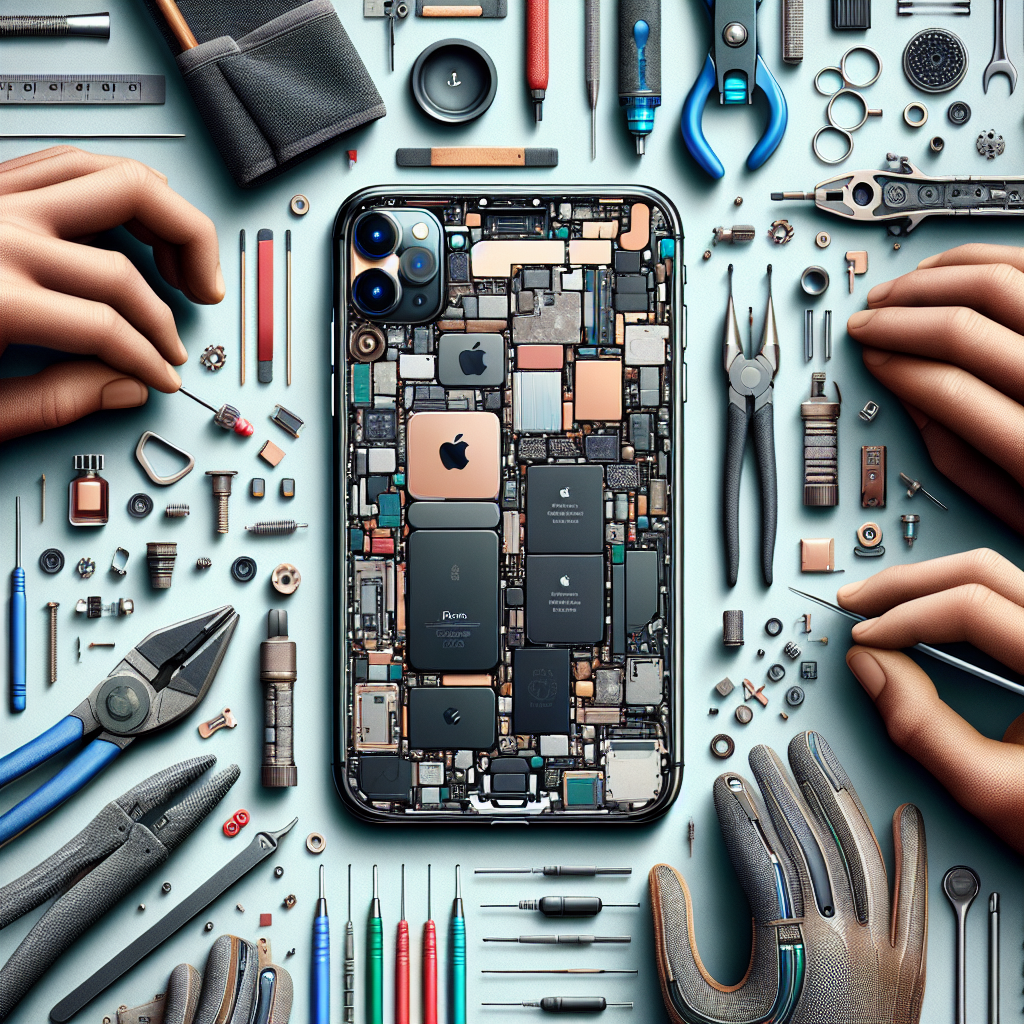
Water and moisture damage are among the most common causes of cell phone malfunctions. Whether it's a splash of water, accidental submersion, or high humidity, exposure to moisture can wreak havoc on your device. The good news is that with proper care, you can safeguard your cell phone from water and moisture damage. This blog will provide practical tips to protect your device from potential water-related issues.
1. Use a Waterproof Case or Cover
One of the most effective ways to protect your phone from water damage is to use a waterproof case or cover. Waterproof cases are specifically designed to keep your phone safe even when submerged in water. They create a barrier that prevents water from entering the phone’s sensitive components.
Waterproof Cases: These cases come in various levels of protection, with some rated for brief water exposure and others designed for full submersion. Make sure to choose a case that fits your needs, whether it’s daily protection from splashes or more extreme water resistance for activities like swimming or boating.
Waterproof Pouches: Another option is a waterproof pouch, which is often less bulky and can be a great solution for outdoor adventures. These pouches seal around your phone and can float on water, making them ideal for trips to the beach or pool.
2. Be Mindful of Your Environment
Environmental factors play a significant role in exposing your phone to moisture. For example, taking your phone into the bathroom while you shower can introduce high levels of humidity that can seep into the device. Similarly, using your phone in the rain, by the pool, or on a boat can increase the risk of water damage.
Avoid High-Humidity Areas: Bathrooms, saunas, and kitchens can expose your phone to steam and moisture. Whenever possible, keep your device out of these environments, or use a protective case if you need to bring it with you.
Be Cautious Near Water: Whether you're at the beach, pool, or on a boat, always be aware of your surroundings. Keep your phone in a safe, dry place, and avoid using it when you’re near water. If you must use it, consider a waterproof case or pouch to protect it from splashes.
3. Don’t Rely Solely on Water-Resistant Ratings
Many modern smartphones come with water-resistant ratings, but it's essential to understand what these ratings mean. Most phones are rated for water resistance under specific conditions, such as brief exposure emergency cell phone repair St. Petersburg to shallow water. However, this doesn’t make them invincible. Water resistance can degrade over time, especially read more if your phone has been dropped or exposed to dust and dirt.
Know Your Phone’s Rating: Water resistance is usually indicated by an IP rating (Ingress Protection). For example, an IP68 rating means your phone can withstand being submerged in water up to 1.5 meters deep for up to 30 minutes. However, water resistance can wear down, so it's still best to avoid unnecessary exposure to moisture.
Avoid Prolonged Exposure: Even if your phone has a high water-resistance rating, it’s not designed for long-term exposure to water. Avoid submerging your phone for extended periods, and always dry it off thoroughly if it gets wet.
4. Dry Your Phone Immediately if It Gets Wet
If your phone does come into contact with water, quick action is crucial. Turn off the device immediately to prevent short-circuiting, and dry it thoroughly. If the phone was submerged, remove the SIM card, memory card, and battery (if possible).
Use Absorbent Materials: Dry your phone with a soft, absorbent cloth. Avoid shaking or blowing air into the device, as this can push water further into the internal components.
Use Rice or Silica Gel Packets: To absorb any remaining moisture, place your phone in a sealed bag of uncooked rice or silica gel packets for at least 24-48 hours. These materials can help draw out the moisture from inside the device.
5. Invest in Phone Insurance
If you’re frequently around water or concerned about accidental damage, investing in phone insurance can provide peace of mind. Many insurance plans cover water damage, ensuring that you’re protected if an accident does occur. While this won’t prevent damage, it can save you from the financial burden of repairs or replacements.
Conclusion
Water and moisture damage can be devastating for your cell phone, but with the right precautions, you can minimize the risk. By using a waterproof case, being mindful of your environment, understanding your phone’s water resistance, and acting quickly when your phone gets wet, check here you can safeguard your device from potential water damage. Taking these steps will help keep your phone in good working order and protect your investment in the long run.
Phone Repair & More
2870 34th St N, St. Petersburg, FL 33713
(727) 350-4413